pgriz
Been spending a lot of time on here!
- Joined
- Jul 30, 2010
- Messages
- 6,734
- Reaction score
- 3,221
- Location
- Canada
- Can others edit my Photos
- Photos OK to edit
There are other "costs" that can considered.
The cost of a lesson lost. The quick feedback with digital can mean a much shorter learning time (if one is trying to understand or learn something).
The opportunity cost. If you came upon a one-in-a-lifetime scene, and shot film, you may have gotten it, or you may not have - you won't know until later. With digital, you can verify on the spot, and re-shoot if you screwed something up.
The cost of sharing. With digital, you can shoot a family event and give everyone copies on CD before they go home. Can't do that with film.
The cost of mistakes. We're all human. We all make mistakes. With digital and RAW, you can clean up a lot of bone-headed mistakes and come away with a usable image. Harder to do with film and slide.
I still have all my film gear. But my photography skills increased dramatically once I started to shoot digital. Quick feedback helps.
The cost of a lesson lost. The quick feedback with digital can mean a much shorter learning time (if one is trying to understand or learn something).
The opportunity cost. If you came upon a one-in-a-lifetime scene, and shot film, you may have gotten it, or you may not have - you won't know until later. With digital, you can verify on the spot, and re-shoot if you screwed something up.
The cost of sharing. With digital, you can shoot a family event and give everyone copies on CD before they go home. Can't do that with film.
The cost of mistakes. We're all human. We all make mistakes. With digital and RAW, you can clean up a lot of bone-headed mistakes and come away with a usable image. Harder to do with film and slide.
I still have all my film gear. But my photography skills increased dramatically once I started to shoot digital. Quick feedback helps.


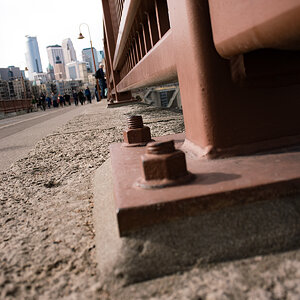


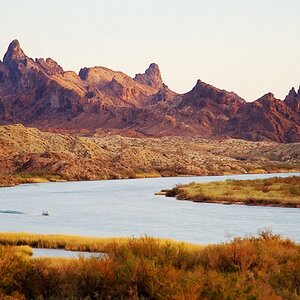
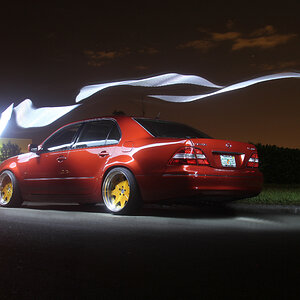

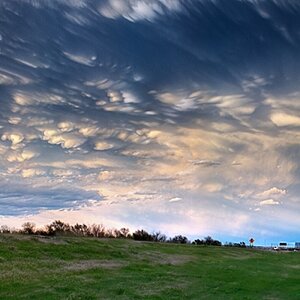
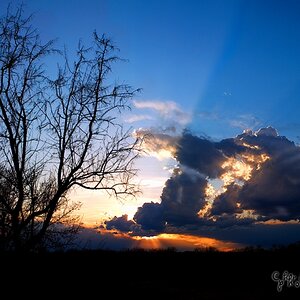
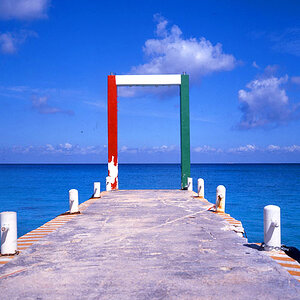
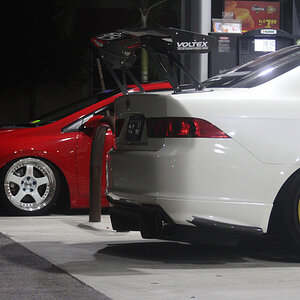
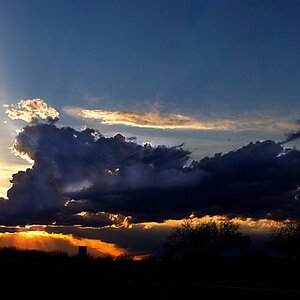
![[No title]](/data/xfmg/thumbnail/34/34343-b06994e286a2089b404358d95c37eaf0.jpg?1619736378)